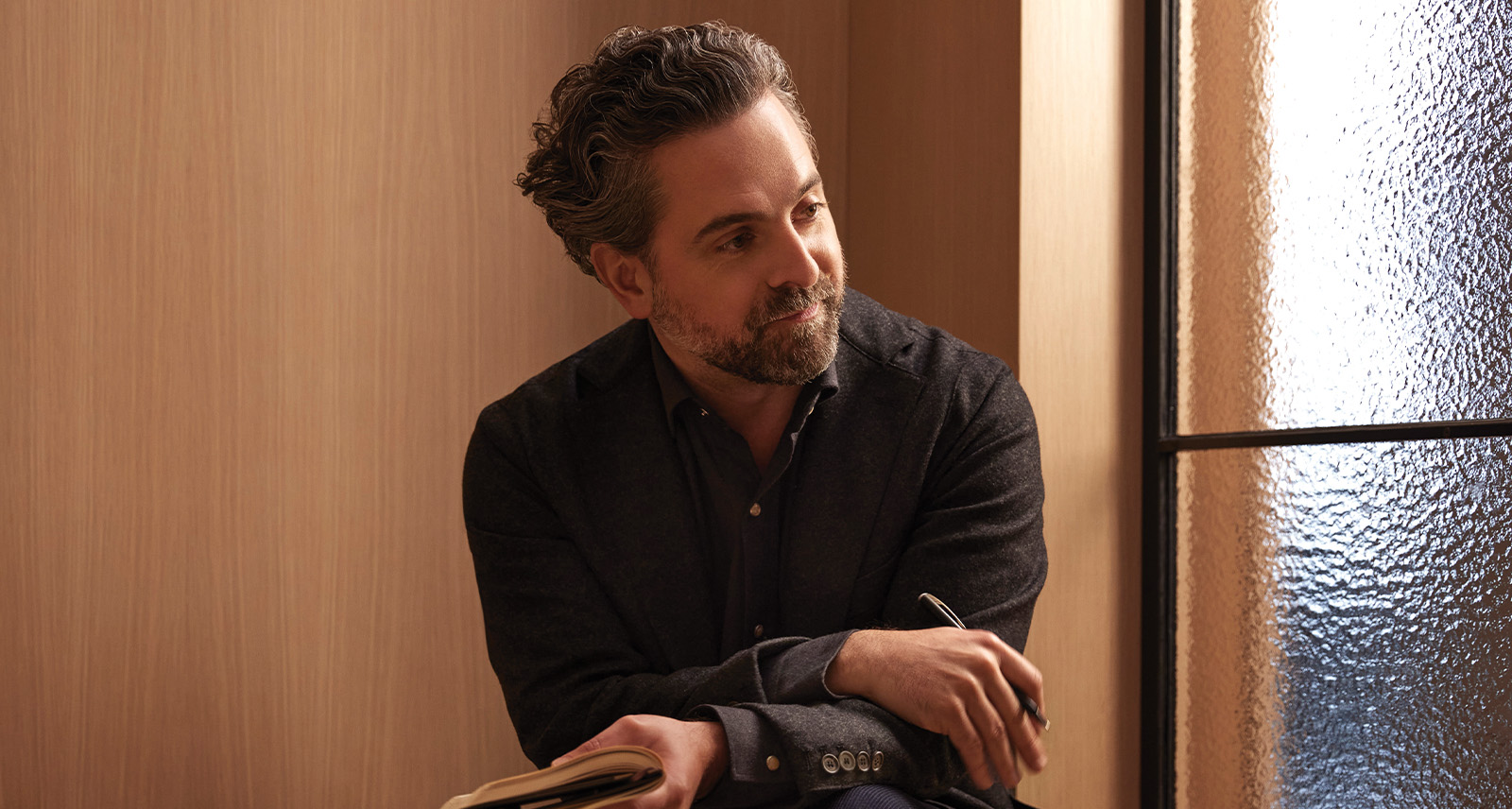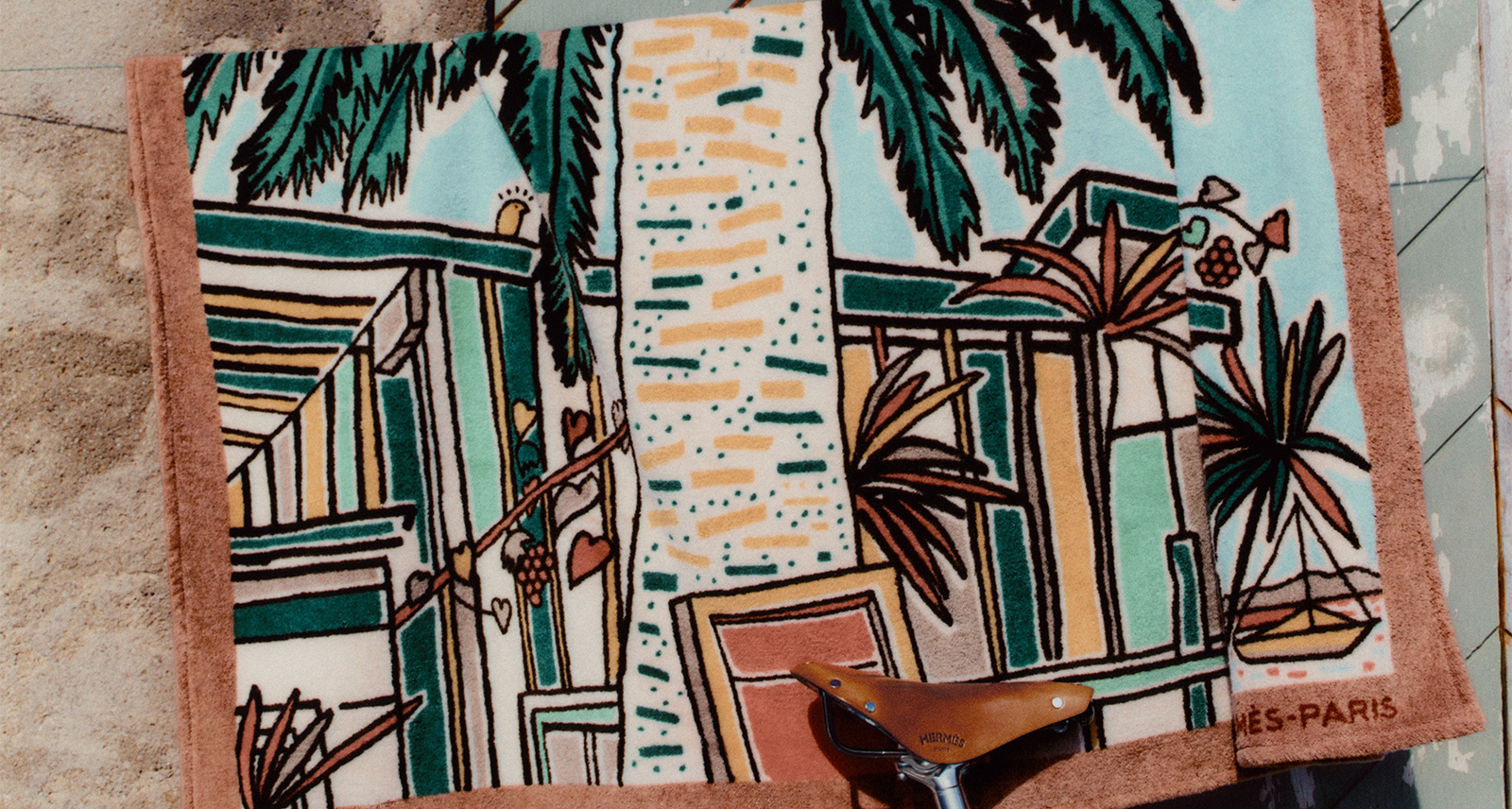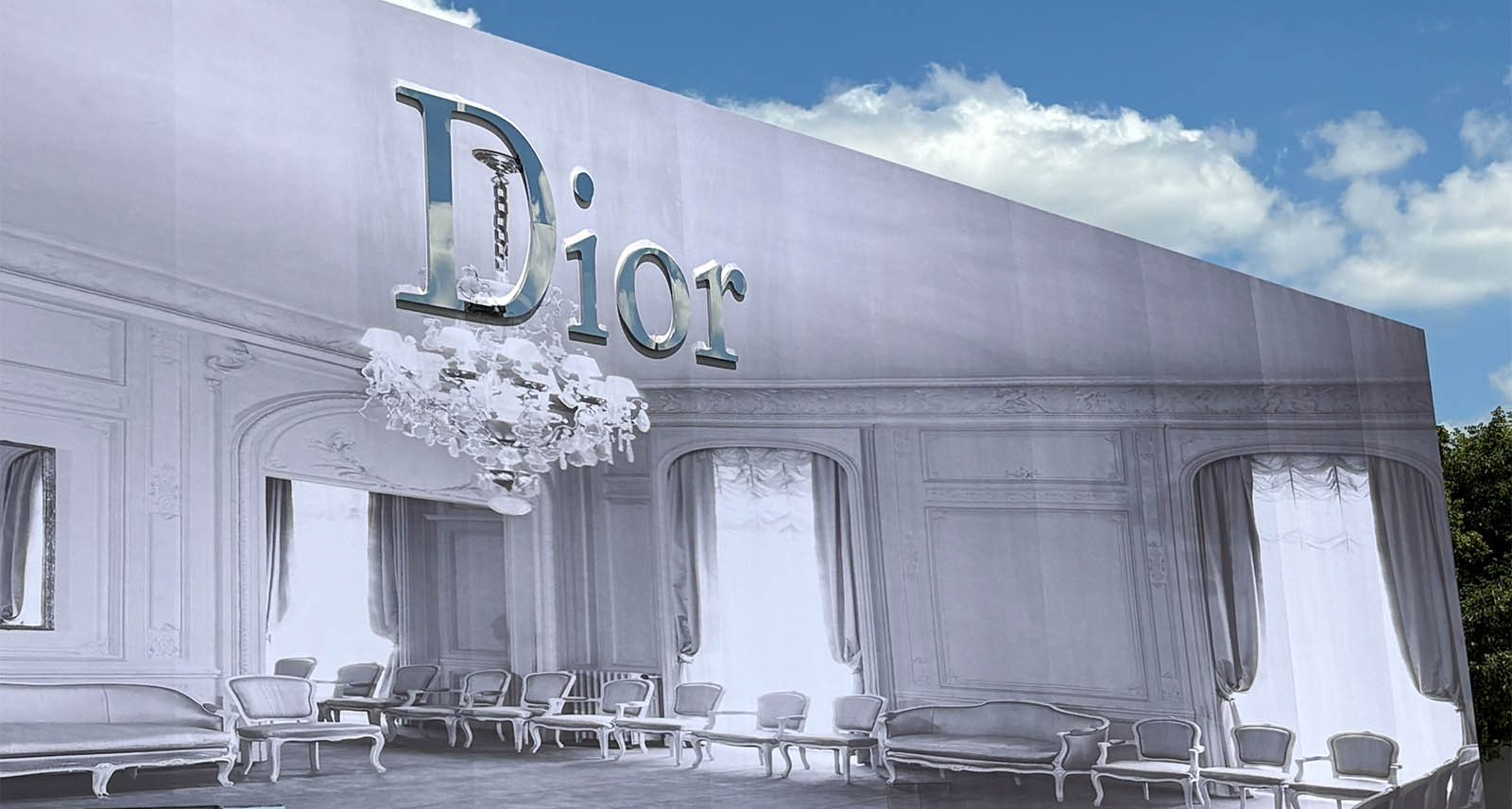IWC Creative Director Christian Knoop Talks Legacy and Inspiration
As one of the world’s oldest and most respected watchmakers, IWC has influenced watch design from the pocket watch era, through the dawn of flight and the quartz crisis, and well into the 21st century. Since becoming the brand’s Creative Director in 2008, Christian Knoop has been tasked with maintaining strong links with IWC’s history, while pushing it forward with bold new designs. We spoke to him about inspiration, legacy and the power of dreams.
How did you become interested in watch design?
As a designer, you look at the things around you with a different eye and take inspiration from various fields, industries, and products. Watch design was always something that intrigued me and that I looked at as a source of inspiration and admiration. I am a trained industrial designer and have worked on vastly different products, ranging from consumer electronics to furniture to industrial and medical products to aircraft interiors. It’s quite a coincidence that I ended up joining IWC almost 12 years ago because I had no track record in watch design in particular. But looking back, this move was a game-changer and a start of a new passion.

A set of nautical instruments designed by IWC in partnership with Solaris Yachts for 2020.
What was the first watch you owned?
I was never really into collecting watches before I joined the watch industry. I do remember, however, that I got my first watch at the age of 6 or 7. It was a simple quartz watch, classic design with silver dial and blue leather strap. I can’t remember a single time I left the house without a watch on my wrist since that day.
What makes the job of watch design different from other kinds of industrial design?
I think the main difference is the emotional aspect of a watch. A mechanical watch is not just a beautifully designed and handcrafted object but also something that touches people on a deeply emotional level. The watch you wear every day is much more than an instrument to tell time. You attach a particular story or a memory to it. Maybe you have received it as an inheritance, or it was a gift you made to yourself to celebrate a milestone in your private life or your career. This individual emotional component is something very few other persona products are charged up with.
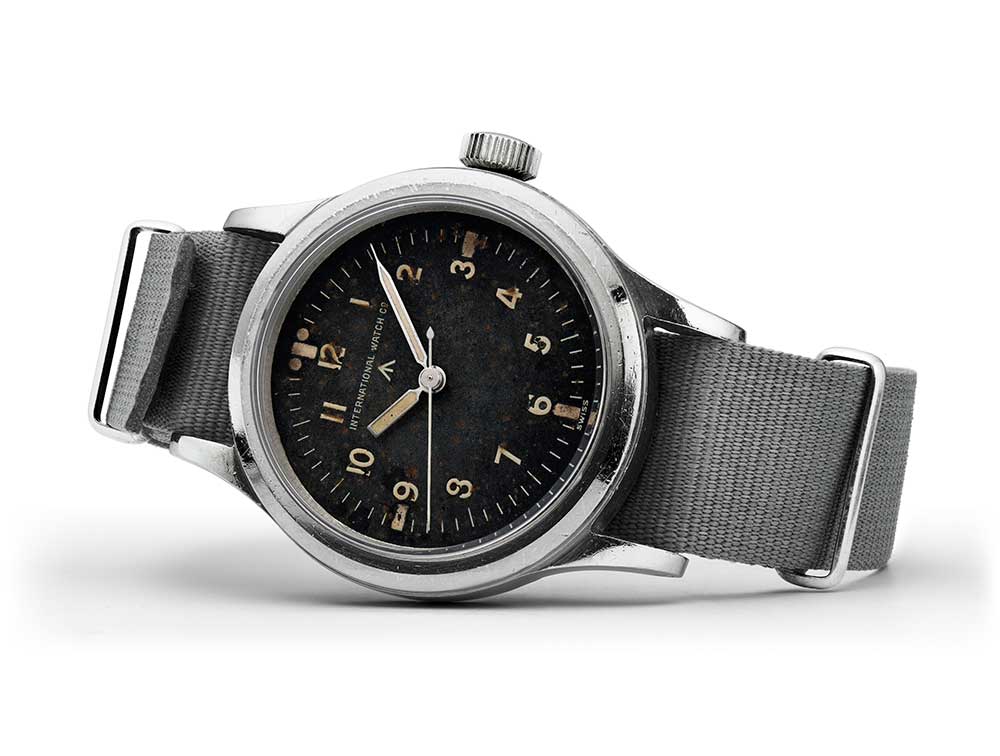
The IWC Mark XI pilot’s watch was introduced in 1948 for pilots in the British Royal Air Force.
There are so many famous furniture designers, fashion designers and car designers… Why do you think there aren’t more famous watch designers?
That’s an excellent question. I think there are different reasons for this. First of all, the watch industry is a very closed, almost secret industry which does not get as much exposure globally as other sectors. The second aspect has to do with how you design a watch, primarily if you are working for an established brand with more than 150 years of history like IWC. As opposed to, for example, furniture or car design, we create products that are made to last for generations. Because of this extreme durability and longevity, we may choose a more modest design approach. A designer needs to examine the history of the brand and deal with its heritage thoughtfully. In the end, it is about creating something which will remain aesthetically relevant for a very long time. While there may be some rather extravagant watches, most established brands focus on quality, longevity, and a certain degree of understatement. Maybe this is another reason why watch designers are not as much in the spotlight.
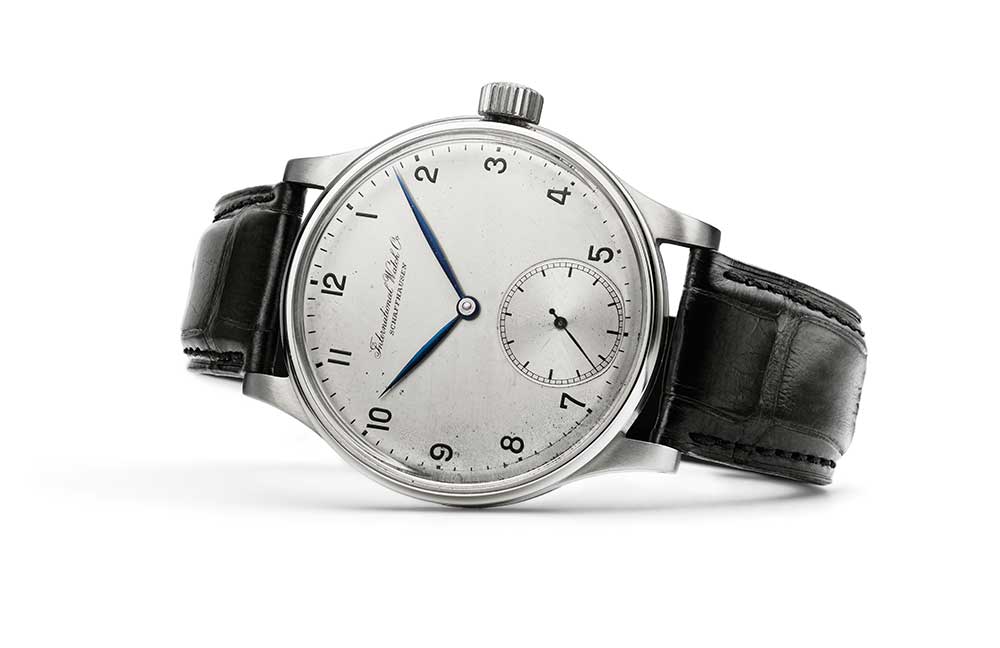
The original design for the IWC Portugieser from the 1930s remains remarkably similar to today’s watch.
With the new Portugieser collection you were tasked with updating an icon. How did you approach this very serious challenge?
First and foremost, with a lot of respect. The Portugieser collection has been a part of IWC’s history for more than 80 years, and it is one of our flagship collections. When you face the task of updating such an iconic line, you need to respectfully study its history, while still trying to introduce something new. Our goal is to create a bridge between the past and the future; to surprise our customers with modern aspects, while making sure they instantly recognize the collection as the IWC Portugieser. We achieved this through introducing new models like the Portugieser Automatic 40, the Portugieser Perpetual Calendar 42 or the third generation of the Portugieser Yacht Club while securing an overall look which is true to the nautical heritage of this watch family. By combining the pure and timeless aesthetics of the original with details and colour codes inspired by modern yachting, the new collection looks highly consistent and contemporary.
What is one of your favourite details in the new collection?
My favourite detail is the dial of the new Portugieser Automatic 40, which was inspired by the Reference 325, the first Portugieser from the late 1930s. We took this timelessly modern design with the small seconds at 6 o’clock and explicitly no date indication as a basis while introducing some modernity in the details and finishes. The new automatic model is powered by the IWC-manufactured 82200 calibre and presented in a compact case size of 40 millimetres. It reminds us of one of the most iconic designs our brand has ever created, but also appears incredibly crisp and modern and truly is a watch of our times.
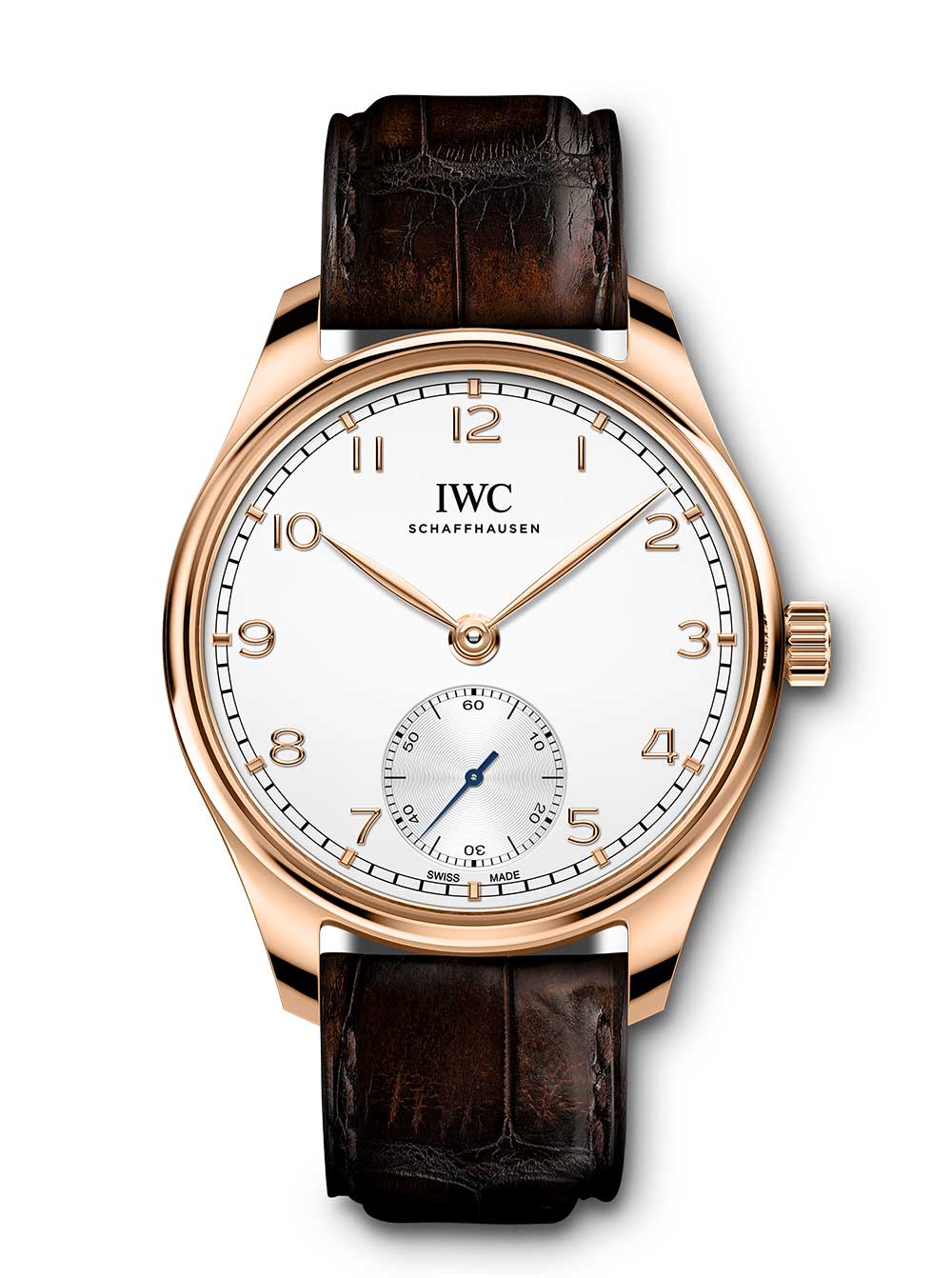
IWC’s new Portugieser Automatic 40, part of the updated collection for 2020.
IWC has such a long and varied design history, making so many different kinds of watches over the years. What would you say are the most important pieces of its design DNA?
The first Portugieser, Reference 325, is one of the most iconic designs that IWC has ever created. I would also add the Grosse Fliegeruhr Kaliber 52 T.S.C. from the 1940s to the list, the predecessor of our Big Pilot’s Watch, or the navigator’s wristwatch Mark 11 from 1948, the predecessor of the Pilot’s Watch Mark XVIII. Equally important is the first Aquatimer from 1967 or the first Ingenieur from 1955. And let’s not forget the visionary design with a digital display for the hours and minutes which was introduced back in 1884 with the Pallweber pocket watches.
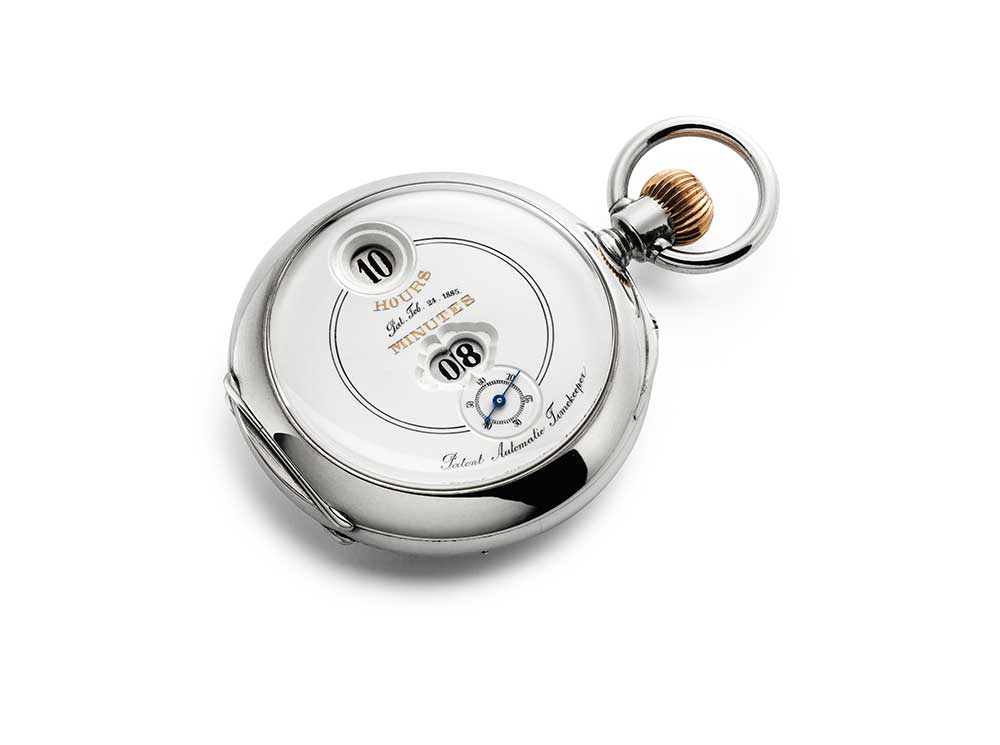
IWC’s Pallweber pocket watch, introduced in the 1880s, was the first “digital” watch of its kind.
What is it about pilot’s watches that appeals to people so much? After all, most of us aren’t pilots…
The reason for this is the power of imagination and emotion projected on mechanical watches. The timepiece you wear is not just an instrument to tell time, but an object that we attach a lot of memories, stories and dreams to. When you look at IWC, many of our collections are rooted in authentic and evocative universes that tell stories of sailing, diving, motorsport, or flying. IWC’s pilot’s watches go back to the early days of aviation. From the 1930s onwards, pilots used them for celestial navigation in the cockpit. Their initial purpose also led to their distinctive design in the style of an easy-to-read cockpit instrument. When you wear a pilot’s watch today, maybe you are aware of the history and function of these timepieces, and you attach an emotional value to it. Many of us, including myself, had dreamt of becoming pilots when we were kids. The pilot’s watches we wear as adults have the unique ability to remind you of this childhood dream.
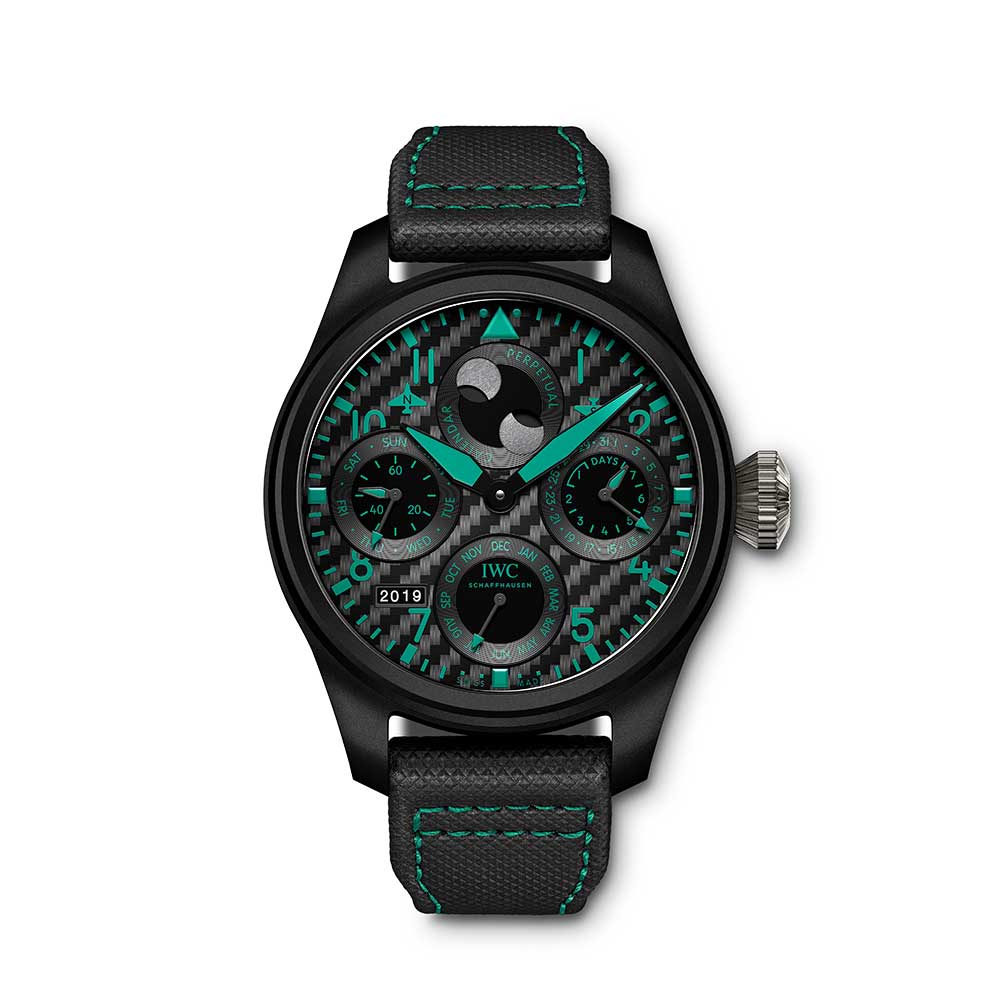
The IWC Big Pilot’s Watch Perpetual Calendar Edition “Mercedes-AMG Petronas Motorsport” was an ultra limited-edition released in 2019 to celebrate the watchmaker’s partnership with the Formula 1 team.
There are so many beautiful designs in IWC’s back catalog, from the military watches of the 1940s, through the Porsche Design pieces in the 1980s to today. Is there any particular vintage piece that you’d like to update and reintroduce for the 21st century?
With the new Portugieser Automatic 40, we are presenting a modern take on the iconic design of the Reference 325 from the 1930s, clearly one of the watches from IWC’s rich history that I admire the most. Our design approach is not to copy and re-introduce a product that has been done decades ago already. Instead, we take inspiration from the past and then create something contemporary. Our role as watch designers is to shape the future of the brand, respecting history, but always looking ahead.






